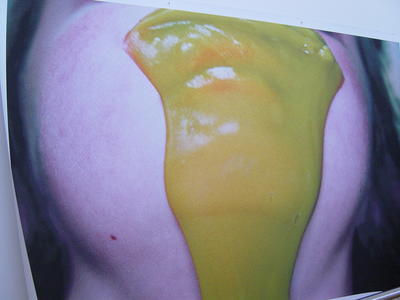Antarctica, Discovery Museum, Dundee
-
Anne Noble
b.1954

Title
Antarctica, Discovery Museum, Dundee
Details
| Production Date | 2003 2007 2015 |
|---|---|
| Collection(s) | Collection Govett-Brewster Art Gallery, New Plymouth. Acquired with assistance from the Govett-Brewster Foundation. |
| Accession Number | 2007/3 |
| Edition | 7/10 |
| Media | Pigment print on Epsom semi-matt paper |
| Measurements | 1000 x 1190 x 30mm (framed) |
About
Spending three weeks in Antarctica as a New Zealand Antarctic Arts Fellow in 2002 was a catalyst for Anne Noble’s ongoing exploration of the great White Continent in the south. Having returned more than once to Antarctica itself, she has also travelled the world photographing museum displays and reconstructions which invite visitors to ‘experience’ a simulation of being there. Noble is fascinated by these cultural constructions of place, and how they inform the dominant mythology attached to Antarctica.
On first glance, Noble’s photograph of the display at the Discovery Museum in Dundee, Scotland could be a picture of the ‘real thing’. On closer inspection however, the ice form in the foreground is clearly sculpted from wood or polystyrene, and the ethereal landscape behind resolves itself into a painted backdrop. The photograph is a representation of a representation, which for most, is the only way that the White Continent will ever be experienced. Noble’s play with photographic illusion reinforces the disjunction between reality and representation that accompanies any impression of Antarctica’s alien landscape.
Interactive museum displays tend to recreate the heroic image of Antarctica as the last great wilderness, a blank, inhospitable canvas on which explorers can test their mettle, scientists can penetrate nature’s secrets and entrepreneurs can tap vast, untouched reserves of wealth. Antarctica has been mythologised as a place of imaginative potential, a blank space on the map which is ripe for conquest. Noble’s critical deconstruction of this image reflects on the commercialisation of the idea of Antarctica, but also acknowledges the real pull that this desolate, beautiful place has on the imagination.


